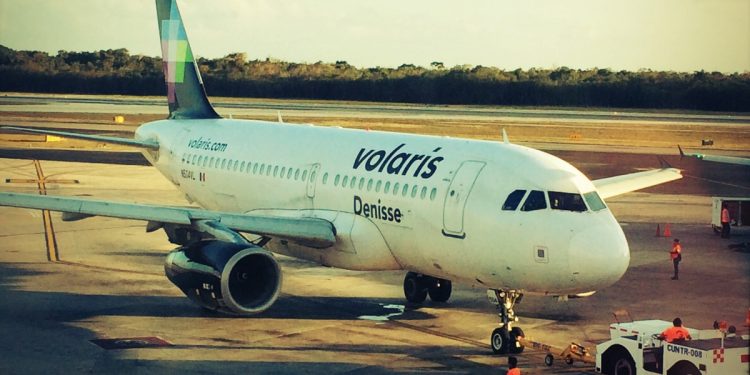Mexico City’s airport is expanding; air travel is being de-centralized from the capital; low-cost carriers are beginning to offer domestic routes at prices never before available inside Mexico: all this means more choice, more flexibility and better services for travelers.
Mexico City’s airport recently underwent another extension – the second inside a decade – to accommodate the growth in air passengers through the city. The construction of a new, second, terminal is now underway to satisfy expected demand for the next 50 years.
At the same time, the Mexican airport authorities are actively working to de-centralize flights and reduce the pressure on Mexico City’s airport (traditionally, the “hub” for most flights into, out of and through Mexico). Regional airports such as those in the cities of Toluca, Cuernavaca and Puebla – all within reasonable driving distance of the capital – are being improved and expanded as part of the de-centralization program. Airports in Guadalajara, Monterrey and Cancun will also see upgrades and expansion in the near future.
New routes between the USA and Mexico were agreed recently and airlines are expected to open up more direct routes between the USA and Mexico’s most popular places including Los Cabos, Vallarta and Mexico’s southern regions, for example, Chiapas and Campeche.
Mexico is also witnessing the emergence of “low cost” airlines which offer no-frills, point-to-point travel inside Mexico. These airlines are already giving travelers access to more of Mexico by making it affordable to fly domestically between cities which were previously only served by national airlines at heavily inflated prices.
Progress and development of these new low-cost routes has been gradual over the last couple of years and none too swift; however in recent months momentum has been building up and, with alternative carriers increasing the number of routes and flights they operate, domestic passengers are beginning to take the new entrants seriously; making travel plans based on lower fares.
As Mexico’s two nationalized airlines, Mexicana and AeroMexico enjoyed a virtual monopoly on domestic flights for many years and they were often accused of subsidizing their international (competitive) routes by demanding sky-high prices for seats on domestic flights: domestic air-travelers had no option but to pay or take the bus instead. Mexicana was sold-off in 2006 to Grupo Posadas, one of Mexico’s leading travel consortiums. To compete with the low-cost carriers, Mexicana launched a subsiduary airline named Click Mexicana which offers lower fares to passengers booking via the web. AeroMexico remains in the hands of the government and, as yet, has not moved to compete with the new low-cost operators.
Domestic airline travel is already experiencing some of the benefits of competition. Another aspect of a more open market is that destinations and regions in Mexico which have much to offer visitors but which were hitherto prohibitive to get to because of high travel costs may become accessible to Mexican and international visitors alike; this may bring new investment to those communities, creating new trade and jobs for local people.
See Also: Air Travel in Mexico
Mexico in your inbox
Our free newsletter about Mexico brings you a monthly round-up of recently published stories and opportunities, as well as gems from our archives.

